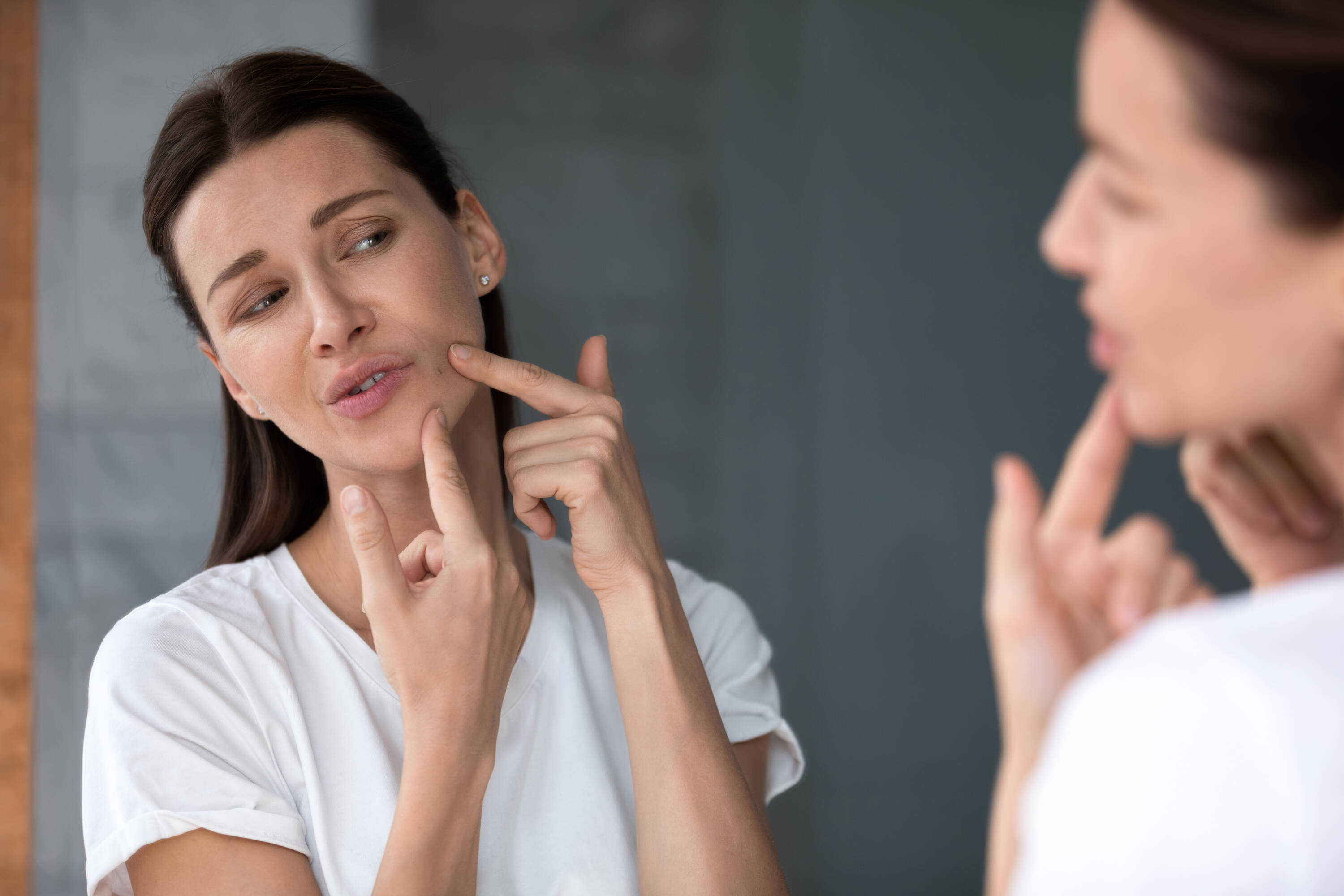Do you have dark spots on your skin and don't know how to treat them? Here's what experts recommend for repairing sun damage.

In Colombia, the sun shines year-round. And although it sometimes hides behind clouds, its effect on the skin is constant, cumulative, and silent. For many women, the first traces appear in the mirror: spots that weren't there before, that don't go away, and that begin to affect the way they perceive themselves .
“ Spots are actually the skin's defensive response to sun damage. It's its way of protecting itself, but they're difficult to deal with aesthetically, and even more so emotionally,” explains dermatologist Christian Prada. “In our clinical experience, 90 percent of patients seeking depigmentation treatments are women. And this is no coincidence.”
There are biological and geographical reasons behind it: from constant sun exposure—especially in high-altitude cities like Bogotá—to hormonal and genetic factors. According to Prada, between 40 and 60 percent of melasma cases have a family history.
“From age 30 onward, there is more cumulative exposure, more hormonal changes (such as pregnancy or birth control), and a greater chance of developing dark spots that are difficult to treat without medical care,” she adds.
But not all spots are the same. “ Freckles are often genetic; post-inflammatory spots appear after injuries like acne; and melasma—the most common—is related to the sun, hormones, and genetic predisposition ,” explains Sandra Barrera, manager of Mesoestetic in Colombia.
"Color is also a key clue: if the spot is light brown, it's probably superficial. If it looks grayish or bluish, it's deeper in the dermis and treatment will take longer," he adds.
How to care for skin with blemishes? The key isn't a single product or viral solution. What really works, experts agree, is a consistent, personalized routine that includes:
- Sunscreen SPF 50 every day.
- Antioxidant vitamin C.
- Retinoids to stimulate renewal.
- Tranexamic acid to control melanin production.
- And above all: never self-medicate or follow recommendations from networks without medical support.
"One of the most serious mistakes is buying acids online or in pharmacies without a diagnosis. We've seen cases of hypopigmentation and ochronosis: permanent bluish stains caused by misuse of these products ," warns Barrera.

When the stain resists basic routines, it's time to seek medical treatment. Photo: iStock
When the stain has set in and resists basic routines, it's time to look for clinically proven alternatives. "In these cases, we work with professional depigmentation protocols like Cosmelan, which not only lightens the stain but also treats the root cause of the problem: it blocks the enzyme responsible for pigment production without inflaming the skin," explains Sandra.
The treatment combines in-office application and home maintenance and is suitable for all skin types, including sensitive skin or those with active acne. "Cosmelan works on all phases of pigmentation: production, release, and accumulation. The important thing is that the patient understands that it's not just about erasing a spot, but about maintaining the result over time," she emphasizes.
Beyond the mirror, spots are also noticeable. A study from the Journal of Cosmetic Dermatology (2023) confirmed that more than 60 percent of Latin American women with melasma report a negative impact on their self-esteem and social life.
“Many patients tell us they've stopped attending meetings, that they no longer feel comfortable without makeup, or that the spots have changed the way they relate to others. And that can be transformed, but with reliable information, medical advice, and realism,” Sandra concludes.
eltiempo





